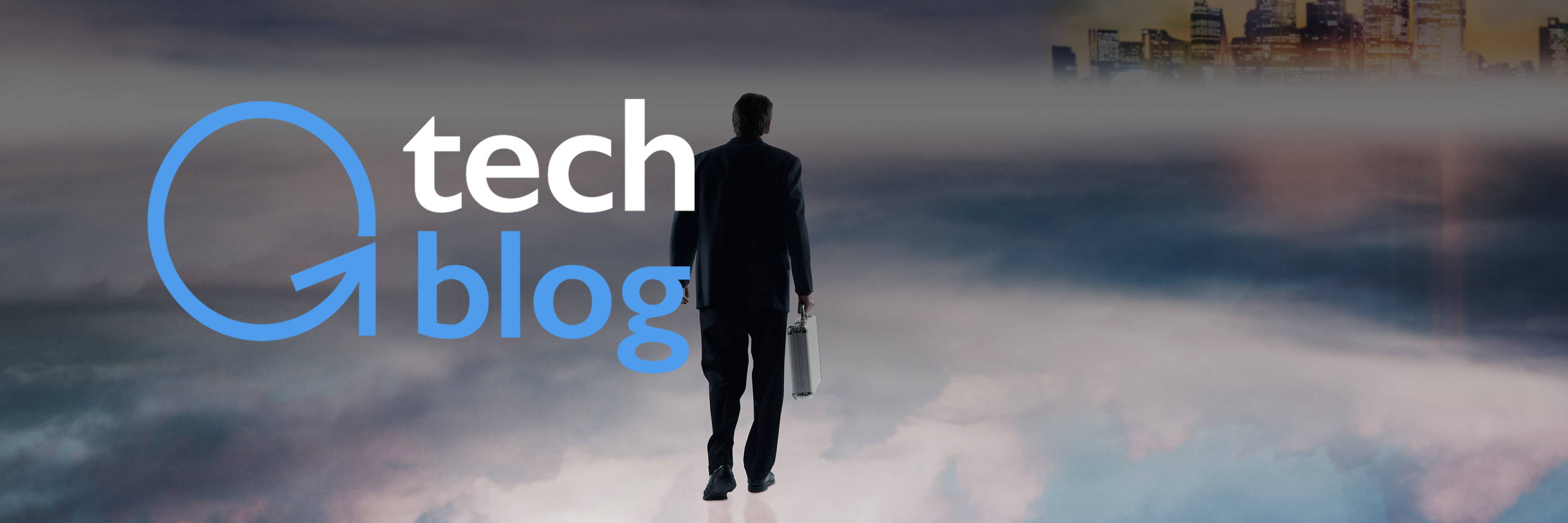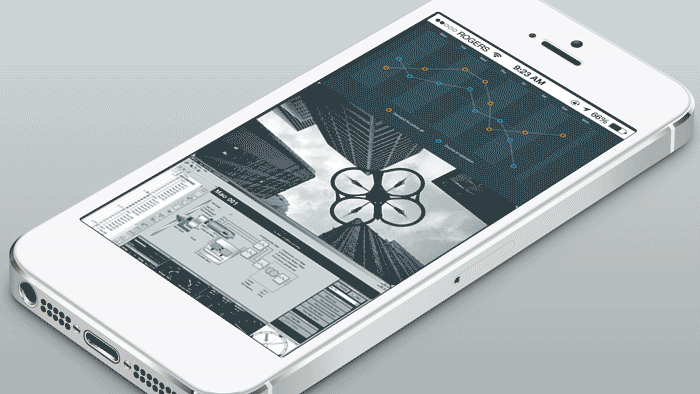
Pollution-hunting robot swans, self-charging phones and a $100 million search for extraterrestrial life. These are just some of the inspiring innovations we curated in this week's edition of Abundance Insider.
Cheers,
Peter, Marissa, Cody, Maxx, Kelley and Greg
P.S. Read any news that should go in this digest? Send it to data@diamandis.com.
P.P.S. Know someone who would benefit from getting Abundance Insider? Send them to this link to sign up.
What is this? Consider this a briefing of the week's most compelling tech developments, as uncovered by Peter and his team and curated by Marissa Brassfield. In preparation for Abundance 360, Peter's mastermind for exponential entrepreneurs, our team shares breakthrough ideas and news items with each other and consider their implications for entrepreneurs.
Ambulance Drone Can Get Defibrillators to Cardiac Arrest Patients Within 1 Minute
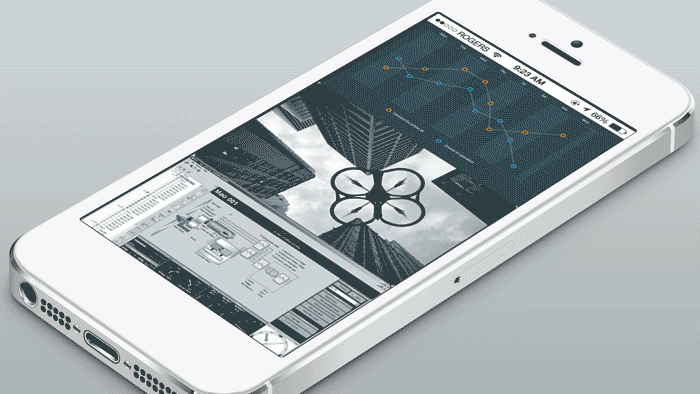
What it is: Alec Momont's Ambulance Drone is a concept that uses a network of unmanned aerial vehicles to improve existing emergency infrastructure. Each drone can travel over 100 km/hr, enabling it to get to its destination in just 60 seconds. Its integrated defibrillator, built-in emergency supplies and speaker let trained personnel walk callers through the defibrillator setup. Watch the video at the link above to see it in action!
Why it's important: In Europe alone, where Momont is based, nearly a million people suffer from cardiac arrest, and their outlook is bleak due to slow emergency service response times. Because this drone network can respond so quickly, Momont believes it could increase patients' chances of survival from 8% to 80%. Future drones could be equipped to respond not just to cardiac arrest, but other emergencies like drowning, respiratory issues, trauma and diabetes.
Spotted by A360 member Jarrod Sherman
A New Class Of Worker Could Fix The On-Demand Economy
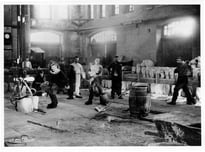
What it is: The rise of the on-demand economy has initiated a heated debate: should contractors be considered employees? Ken Davis, CEO of TaskEasy, proposes a new worker classification to differentiate between 1099 contractors who are actually "businesses with employees" and those who are "individuals." Companies that pay the former group would do so without additional deductions (because those vendors are already using employer-related deductions), but those that pay truly individual contractors would withhold additional funds for worker benefits on a prorated basis.
Why it's important: More evidence of the clash between linear systems and exponential entrepreneurs. The on-demand economy and its army of contractors threaten federally mandated worker protection for employees into obsolescence and irrelevance. Instead of trying to force independent workers into the employee-contractor dichotomy, Davis argues that we should instead creating a third classification that more accurately represents workers' needs.
Spotted by Marissa Brassfield
Crawling Robot Patrols Alaska Pipeline's Formerly 'Unpiggable' Pipes
What it is: Alyeska Pipeline Services is using a robotic 'crawler pig' robot by Diakont to patrol the secondary lines in the 800-mile trans-Alaska pipeline, sending real-time data on the decades-old infrastructure to engineers. The robot can turn corners, chimney-crawl vertical pipes, or reconfigure itself to fit various sizes and inspect even "unpiggable" lines. It's a significant innovation in the industry: in 2011, such an "unpiggable" line sprang a leak, halting North Slope oil production and costing Alaska $18 million daily.
Why it's important: Robots such as this one enable engineers to pinpoint areas for maintenance and proactively inspect aging infrastructure, stopping potential problems before they start and saving millions on maintenance and manpower.
Spotted by John Collins
Company Plans to Turn NYC's Trash Cans Into WiFi Hotspots
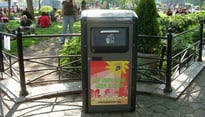
What it is: Massachusetts company BigBelly has applied for a grant from the New York City mayor's office to turn its smart trash cans into hotspots specifically for underserved neighborhoods. The solar-powered receptacles are embedded with sensors that detect odiferous garbage, notify trash collectors and compress near-full bins. The hotspots will be able to hit speeds of 50 to 75 megabits per second, and can display public announcements and alerts. In 2014, the city of New York agreed to convert old payphones into hotspots, so this initiative would bring Internet to even more residents.
Why it's important: Excellent case study on how cities can repurpose and optimize existing infrastructure to demonetize and democratize Internet access. It's also an example of how smart gadgets (like these trash cans) can be used to improve and streamline the garbage collection process.
Spotted by Marissa Brassfield
Watson Can Now Identify the Attitude in Your Writing

What it is: The IBM Watson Tone Analyzer can parse passages of text to identify the writing style, emotional tone and social cues. After describing its findings, Watson then makes editing suggestions should you wish to change the tone. The experimental program is meant to guide people to write content that better suits their needs -- like a digital editor.
Why it's important: In 2001, we saw Watson master the nuance of spoken language in an infamous Jeopardy game. Now we're seeing it take on the even more challenging task of writing. Imagine using a future version of Watson that listens to your dictation and autonomously composes an improved version of your note based on the note's intended purpose.
Spotted by Marissa Brassfield
Amazon To Become Top American Clothing Retailer By 2017

What it is: Financial analysts at Cowen recently released a report stating that Amazon is on track to become America's largest apparel retailer by 2017, taking the top spot from Macy's. Over the past six quarters, Amazon apparel purchasers growth has averaged a year-over-year increase of 29%, compared with a 3% decline at Wal-Mart and a 2% decline at Target. The Cowen report also notes that in the first half of 2015, 11% of Target and Wal-Mart apparel customers also bought clothing from Amazon -- up from 8% in the first half of 2014.
Why it's important: More evidence of the disruption in retail, and Amazon's increasing domination of e-commerce. For historical context, Macy's has been in business since the 1800s, and Amazon entered the apparel market in 2002.
Spotted by Marissa Brassfield
Ford's New Headlights Spot and Turn to Illuminate Hazards at Night
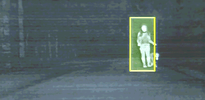
What it is: Ford's Camera-Based Advanced Front Lighting System uses GPS and mapping data to guide the headlights -- which include an extra set of pivoting spotlights -- to illuminate dips, oncoming bends and other unexpected hazards that might otherwise be invisible.
Why it's important: Even though self-driving cars aren't ubiquitous (yet), many of their features will show up in upcoming consumer cars. In this lighting system, we see a convergence of ubiquitous sensors, cloud computing, infrared cameras and pivoting headlights to augment drivers' capabilities and make night driving even safer.
Spotted by Marissa Brassfield
Robot Swans Patrol Singapore's Reservoirs, Hunting Pollution

What it is: The NUSwan is a GPS-equipped robot by the National University of Singapore that swims around water reservoirs, detecting water quality and transmitting that data wirelessly to researchers. The robot can test pH, cloudiness, chlorophyll and dissolved oxygen -- and even return to its base for charging when its battery runs low.
Why it's important: These robots enable city researchers to conduct round-the-clock monitoring of pollution in major waterways in a faster, cheaper, easier and more scalable fashion than current practices (humans in boats).
Spotted by Marissa Brassfield
Rural Pop-Up Hospital Gets America's First Drone Delivery

What it is: The first FAA-approved drone parcel delivery took place at the annual Remote Area Hospital in Wise County, Virginia. The pop-up hospital gives free healthcare treatment to hundreds of uninsured Appalachian residents, and its organizers enlisted Australian startup Flirtey to drop off 10 pounds of supplies.
Why it's important: This drone parcel delivery shows the potential of using unmanned aerial vehicles to deliver aid in humanitarian crises. Drones can also revolutionize healthcare access in remote areas like Appalachia, where some residents camp out for days to see a dentist or doctor.
Spotted by Marissa Brassfield
Smithsonian Crowdfunds Preservation of Neil Armstrong's Spacesuit
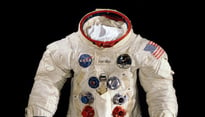
What it is: The Smithsonian has launched a Kickstarter campaign to restore Neil Armstrong's Apollo 11 spacesuit for display at the Air and Space Museum. The spacesuit hasn't been displayed since 2006, and the campaign will properly preserve it ahead of the 50th anniversary of the Apollo mission in 2019: removing stains, stabilizing faded colors in the American flag patch, a careful cleaning to keep lunar dust in place, and a 3D scan so that classrooms around the world can examine it.
Why it's important: Another great case study of how to use crowdfunding to attract and engage your audience. This crowdfunding campaign achieves two core initiatives: fundraising (for context, Smithsonian's funding for new exhibits often comes from private donations, as government funds are used for "core functions"), and engaging the public to help select new exhibitions and digitizing existing ones.
Spotted by Marissa Brassfield
The Henn-Na Hotel is Run by Robots

What it is: The Henn-na Hotel (which translates to the "Weird Hotel") is a five-star hotel staffed entirely by robots, and seemingly every experience is digitized. Upon check-in, travelers engage with three types of robots: a receptionist, a porter and a concierge. The hotel rooms boast wall panels that adjust the thermostat based on your body heat, doors that open with facial recognition, and cloakrooms with robotic arms and cubbies. A night in this cutting-edge hotel costs between $60 and $153 a night.
Why it's important: More industry examples of the digitization, dematerialization and demonetization caused by robotics. The travel/hospitality sector is one to watch, as it's among the first opportunities the mainstream public has to interact with next-gen service robots that replace fundamentally human jobs.
Spotted by Marissa Brassfield
Self-Charging Phones Are on the Way, Finally
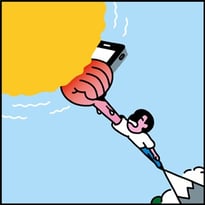
What it is: An inspiring roundup of technologies that will soon enable us to have self-charging phones. Nikola Labs' charging case captures radio waves transmitted by the phone, converts them to electricity, and feeds it back to the phone. And Sunpartner Technologies is producing a thin, transparent photovoltaic overlay that sits between the glass and touchscreen layers on a smartphone or other mobile gadget, converting ambient light to electricity.
Why it's important: It's only a matter of time before true wireless charging becomes easy, cheap and ubiquitous. When it does, we'll be able to power the Internet of Everything and the Rising Billion and eventually create energy abundance.
Spotted by Marissa Brassfield
'White Graphene' Structures Can Take the Heat
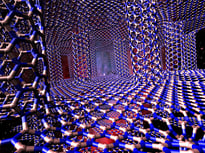
What it is: Rice University scientists have discovered that 3D boron nitride structures excel at thermal management for electronics. This development enables the creation of graphene-based nanoelectronics like thermal switches or thermal rectifiers.
Why it's important: Another abundance-enabling application of graphene. As electronics continue to get smaller and faster, we'll need increasingly better ways to keep them cool, and graphene is a promising material to do so.
Spotted by Marissa Brassfield
Deep Neural Network Program Recognizes Sketches More Accurately Than a Human
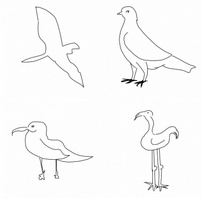
What it is: Queen Mary University of London researchers have developed Sketch-a-Net, the first computer program to recognize hand-drawn sketches better than humans. The deep neural network program correctly identified the subject of hand-drawn sketches 74.9% of the time, compared to humans' 73.1%. This is pretty good, but the program dominated when asked to determine finer details ("seagull," "flying bird," "pigeon" and "standing bird"), performing with 42.5% accuracy compared to humans' 24.8%.
Why it's important: Programs like this make touch screens -- already one of the primary ways we interact with digital devices -- much smarter. Imagine searching for a specific fashion accessory or furniture design by sketch rather than keyboard. This program also has implications for police forensics, as analysts could quickly match a sketch to a mugshot or CCTV database.
Spotted by Marissa Brassfield
Russian Billionaire, Hawking Announce $100 Million Search for ET
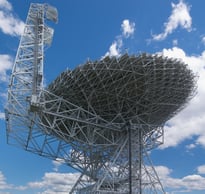
What it is: Breakthrough Listen is a $100 million project by Stephen Hawking, Russian billionaire Yuri Milner, Martin Rees, Frank Drake and others to search for life beyond earth. Breakthrough Listen will be 50 times more sensitive than previous programs dedicated to SETI research, covering 10 times more of the sky, scanning at least 5 times more or the radio spectrum, and at a speed 100 times faster than previous programs. It's expected to generate possibly the largest amount of scientific data ever made open-source and available to the public.
Why it's important: As Peter wrote about in Abundance and BOLD, today, entrepreneurs and technophilanthropists -- not governments or big corporations -- are poised to make the biggest breakthroughs for humanity. This project blends many core topics discussed at Abundance 360: entrepreneurs with an audacious vision, moonshot thinking, the crowd, data mining and more.
Spotted by Marissa Brassfield
British Navy Warship Tests a 3D-Printed Drone at Sea

What it is: This week, the Royal Navy ship HMS Mersey launched a 3D printed drone using a 3-meter catapult. The Sulsa drone was printed on shore and assembled on the ship at a cost of a few thousand dollars, and can fly for about 40 minutes at a time at speeds up to 100 miles per hour. Compared to current military drones, which cost millions of dollars apiece, Sulsa is essentially disposable.
Why it's important: These demonetized drones enable a crew to adapt quickly to new missions where speed and agility are crucial, such as emergencies, natural disasters and piracy situations. One day, ships may head out to sea with printed parts to make up to 50 drones, each customized with different sensors for different missions.
Spotted by Marissa Brassfield
Will Football Players Someday Take a Concussion Pill?
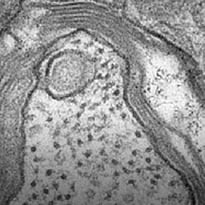
What it is: Harvard researchers have developed an experimental treatment that helps restore normal brain structure and function in mice that have sustained severe concussions. The treatment could lead to a drug that treats and reverses the effects from traumatic brain injuries, like those seen in boxers, football players and soldiers.
Why it's important: A drug that can reverse brain damage caused by contact sports, military combat and head trauma would help millions live longer, healthier lives. This research also enables the development of drugs that can cure neurodegenerative disorders like Alzheimer's.
Spotted by Marissa Brassfield
A Chinese Company Assembled This 3D-Printed Home in Just Three Hours

What it is: The China-based Zhuoda Group just 3D-printed a 200-square-foot home and assembled it in three hours. It's outfitted with a living room, kitchen, bathroom, bedroom and upstairs balcony -- all equipped to withstand high-magnitude earthquakes, fire and water damage. The process took a total of 10 days from the beginning of printing to the final module's installation, at a cost of $400-$480 per square foot.
Why it's important: 3D printing is getting bigger, better, faster and cheaper. This application proves the power of 3D manufacturing to demonetize and democratize home ownership.
Spotted by Marissa Brassfield
Want more conversations like this?
At Abundance 360, Peter's 250-person executive mastermind, we teach the metatrends, implications and unfair advantages for entrepreneurs enabled by breakthroughs like those featured above. The program is highly selective and we're almost full, but we're still looking for a few final CEOs and entrepreneurs who want to change the world.Apply now for Abundance360 Summit if you'd like to develop an Abundance Mindset.
Know someone who would benefit from getting Abundance Insider? Send them to this link to sign up.



